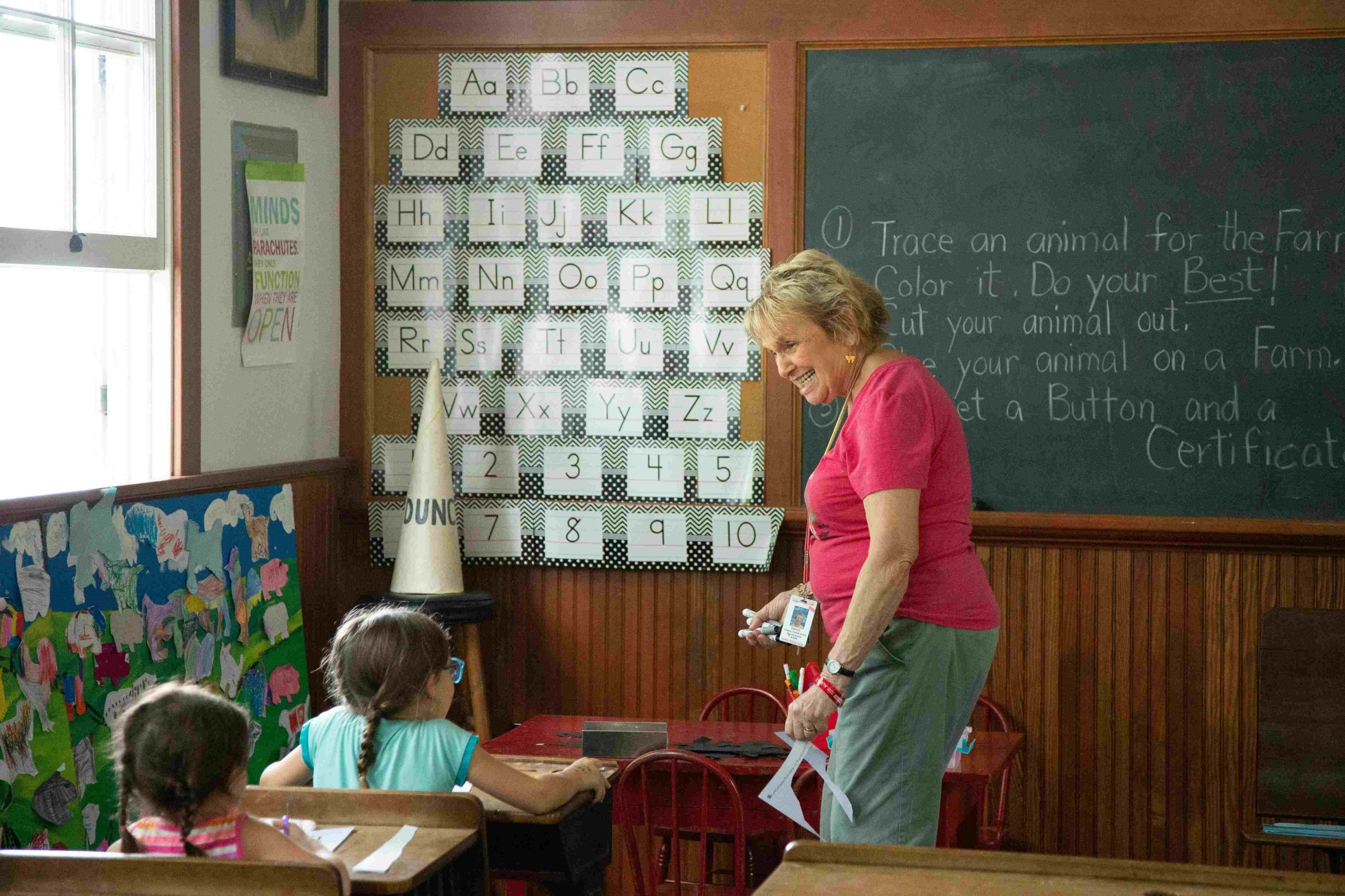
Creating a Winning Classroom Design for Preschoolers: A Comprehensive Guide
As educators, we all understand the significance of fostering a learning-friendly environment in the classroom. The right classroom design can enhance learning, boost creativity, and improve academic performance, especially for preschoolers who are in a critical stage of development. In this article, we will discuss six key criteria essential for creating a winning classroom design for preschoolers.
1. Prioritize Safety
Safety should be the top priority when designing a classroom for preschoolers. Ensure furniture and equipment have no dangerously sharp edges or corners, cover electrical outlets, and provide slip-resistant flooring. Easy access to emergency exits and clear safety procedures are crucial.
2. Choose Age-Appropriate Furniture and Equipment
Preschoolers have unique physical capabilities, so furniture and equipment should be tailored accordingly. Chairs and tables should be of appropriate height, and there should be ample space for various activities. Furnish the classroom with age-appropriate games, books, and toys.
3. Utilize Color and Lighting
Use bright, cheerful colors to stimulate preschoolers’ senses and create a positive environment. Natural light is beneficial for focus and performance. Consider the impact of different colors on mood and behavior.
4. Manage Sound and Acoustics
Minimize noise levels and provide good acoustics in the classroom. Materials like acoustic tiles and carpets can help reduce noise. Avoid echoes and reverberations that may distract preschoolers.
5. Ensure Accessibility and Flexibility
Make the classroom accessible and adaptable to cater to different needs. Provide amenities like wheelchair ramps and sensory apparatus. Designate areas for various learning styles, including quiet reflection and group work.
6. Integrate Technology
Technology should enhance learning and engagement. Incorporate age-appropriate digital devices and educational apps into the curriculum. Ensure high-speed internet access and charging stations are available.
Classroom Management in a Winning Classroom Design
In addition to the six key criteria discussed above, effective classroom management is crucial for preschoolers.
1. Establish Rules and Routines
Establish clear rules and routines to help preschoolers understand expectations and develop self-discipline. Consistency is key.
2. Provide Positive Reinforcement and Encouragement
Praise positive behavior and achievements to motivate preschoolers and build self-esteem.
3. Encourage Collaboration and Teamwork
Facilitate group activities to promote social skills and teamwork.
4. Enforce Consistent Discipline
Provide fair and age-appropriate consequences for negative behavior.
5. Maintain Effective Communication
Build strong relationships with preschoolers and their families through frequent communication.
Technology Integration in a Winning Classroom Design
Technology integration is essential for preparing preschoolers for the digital world.
1. Utilize Interactive Whiteboards
Engage preschoolers with interactive learning tools.
2. Incorporate Tablets and Smart Devices
Utilize educational apps and games on tablets and smart devices.
3. Introduce Coding and Robotics
Teach coding concepts and problem-solving skills through robotics kits.
4. Implement Digital Portfolios
Document and showcase preschoolers’ learning and development digitally.
5. Educate on Internet Safety
Teach preschoolers about safe and responsible technology use.
Inclusive Design in a Winning Classroom Design
Inclusive design ensures all preschoolers have access to a supportive learning environment.
1. Ensure Physical Accessibility
Accommodate physical limitations with accessible furniture and resources.
2. Provide Multicultural and Multilingual Resources
Celebrate diversity with materials reflecting various cultures and languages.
3. Implement Differentiated Instruction
Adapt teaching strategies to meet diverse learning needs.
4. Support Sensory Integration
Provide tools and materials for kids with sensory processing disorders.
5. Offer Emotional and Behavioral Support
Create a supportive environment for preschoolers experiencing emotional challenges.
Flexibility in a Winning Classroom Design
A flexible classroom design allows educators to adapt to changing needs.
1. Utilize Modular Furniture
Rearrange furniture to accommodate different activities and group sizes.
2. Incorporate Movable Walls and Partitions
Divide or open up the space as needed for various activities.
3. Implement Effective Storage Solutions
Keep materials organized and accessible with mobile storage options.
4. Integrate Technology for Mobility
Utilize portable devices and wireless systems for flexible learning.
5. Utilize Outdoor Learning Spaces
Take advantage of outdoor areas for a change of scenery and fresh air.
Sustainability in a Winning Classroom Design
Consider sustainability in both resources used and environmental impact.
1. Prioritize Energy Efficiency
Use energy-efficient systems and teach preschoolers about conservation.
2. Choose Sustainable Materials
Utilize recycled or non-toxic materials to lessen environmental impact.
3. Incorporate Green Spaces
Create indoor or outdoor gardens to promote environmental awareness.
4. Practice Water Conservation
Implement systems to conserve water and educate preschoolers on its importance.
5. Promote Waste Reduction
Encourage recycling and minimize waste through eco-friendly practices.


